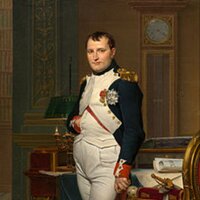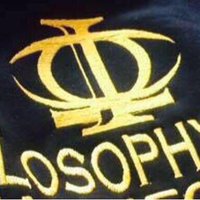
European History
@europeanhistory
European History
ID:19637288
28-01-2009 05:06:07
18,2K Tweets
24,5K Followers
83 Following

















@europeanhistory
European History
ID:19637288
28-01-2009 05:06:07
18,2K Tweets
24,5K Followers
83 Following















